13+ Sample Dissertation Project Proposal
-
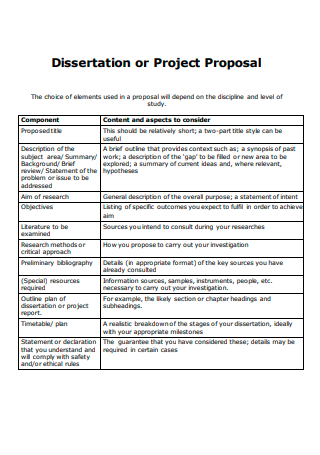
Dissertation Project Proposal Template
download now -
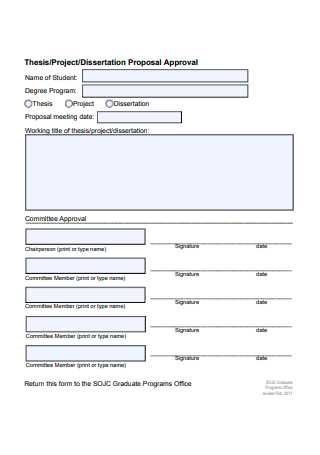
Dissertation Project Proposal Approval
download now -
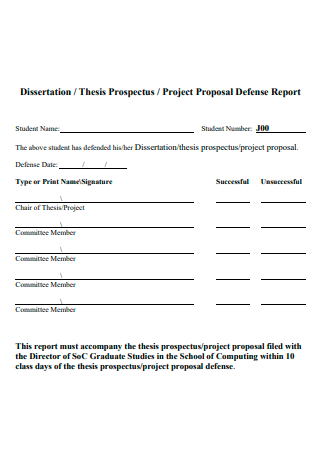
Dissertation Project Proposal Defense Report
download now -
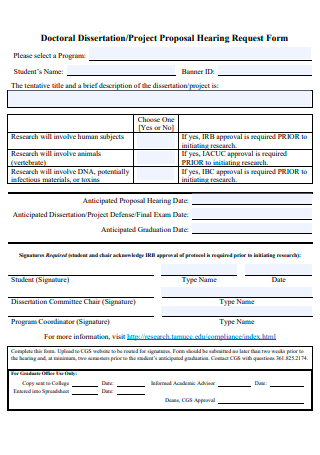
Doctoral Dissertation Project Proposal Request Form
download now -
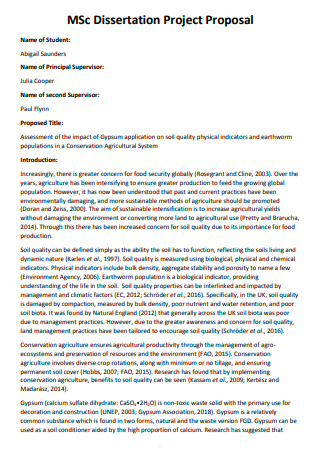
Dissertation Project Proposal in PDF
download now -

Dissertation Special Project Proposal Acceptance
download now -
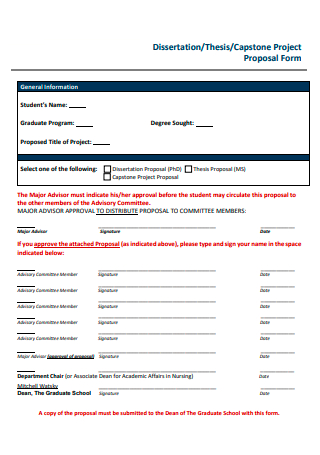
Dissertation Project Proposal Form
download now -
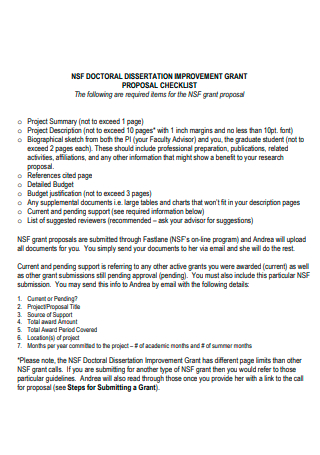
Dissertation Project Proposal Checklist
download now -
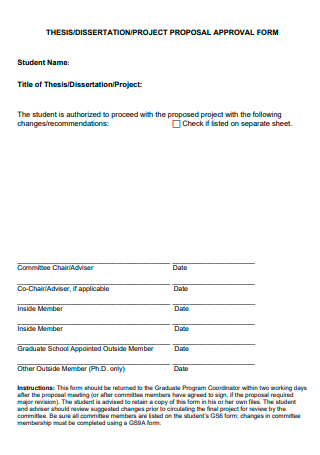
Dissertation Project Proposal Approval Form
download now -
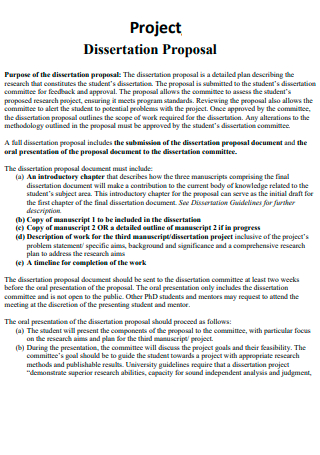
Standard Dissertation Project Proposal
download now -
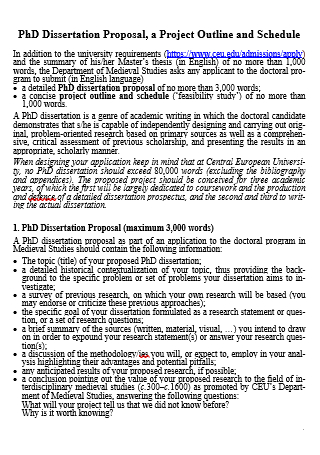
Dissertation Project Outline Proposal
download now -

Masters Dissertation Project Approval Proposal Form
download now -
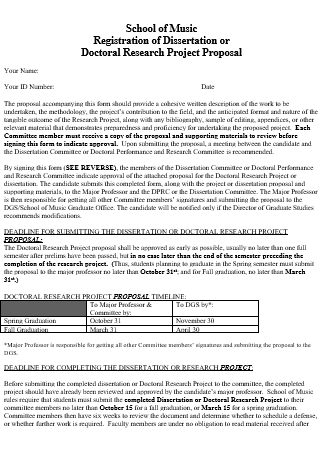
Registration of Dissertation or Doctoral Research Project Proposal
download now -
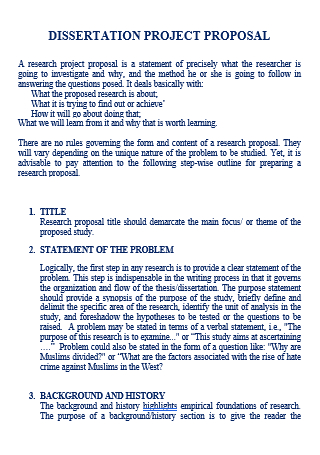
Dissertation Project Proposal in DOC
download now
FREE Dissertation Project Proposal s to Download
13+ Sample Dissertation Project Proposal
What Is a Dissertation Project Proposal?
Components of a Dissertation Project Proposal
How To Create a Dissertation Project Proposal
FAQs
How long is a dissertation proposal?
How do you start a dissertation?
What is the most important part of a dissertation?
What Is a Dissertation Project Proposal?
Before defining a dissertation project proposal, it is vital to understand the meaning of a dissertation. According to the Merriam-Webster dictionary, a dissertation is an extended, usually written treatment of a subject. Similar to a written essay, a dissertation is a lengthy piece of academic writing. Its difference relies on choosing the topic. In a dissertation, a writer is responsible for selecting the topic or focus of the document. A dissertation proposal details the proposed research question an individual analyzes and information about the planning process to conduct primary and secondary research. It must also indicate the associated literature and readings that a researcher has for a period, including any outcomes and results from educational discussions with supervisors or research panelists. It also includes concrete limitations of the research, any ethical considerations, reasons behind selecting the research topic, and the data groups and samples used. When consulting with supervisors, ask for guidance on the tone and style of the dissertation paper.
According to a study entitled “Are you gonna publish that?” Peer-reviewed publication outcomes of doctoral dissertations in psychology, from a stratified random sampling method of 910 psychology doctorate dissertations from ProQuest Dissertations and Theses that are peer-reviewed journal articles from these dissertations, only a quarter, or about 25.6 percent, of dissertations reflect in peer-reviewed journals. These articles are also published in widely-known and influential journals.
Components of a Dissertation Project Proposal
Structuring the dissertation depends on the field. The most common structure for the sciences and social sciences field has more or less five main sections from the introduction to the conclusion. For dissertations focusing on the humanities, they appear like a long essay that builds an argument through an analysis of primary and secondary sources. Below are the different components with their corresponding descriptions.
How To Create a Dissertation Project Proposal
The construction of a dissertation project proposal varies depending on its length and structure. When writing down the document, ensure that you follow the requirements set by the university or educational institution, along with instructions from the department. If there are uncertainties, it is best to consult with your supervisor. The section below provides a helpful guide in creating a dissertation proposal.
-
1. Come Up with a Research Idea
Before writing a dissertation project proposal, the first step is to select a strong research idea for the dissertation. Find an area of your field of study that interests you and do accompanying research and preliminary readings on that area. Take note of the principal concerns of the researchers, their aims for different areas of future research, and the possible gaps and concerns you wish to address in the field. Once you have a concrete idea, consider ways to narrow it down to compose a suitable research framework. Refrain from being ambiguous or ambitious. The dissertation topic must be specific and feasible, pointing to a particular niche.
-
2. Present the Research Idea, Aims, Objectives, and Research Question
Similar to other academic writing, the dissertation proposal starts with an introduction. In the introduction, the researcher presents the research topic, background information, aims, objectives, and research question of the dissertation. Create a hook for the introduction by stating the stakes in conducting the research, what makes it interesting, and refrain from making generalizations or lavish statements. Once you have a clear research area, you can incorporate more background information and context into the introduction. In writing the context, keep in mind what the readers need to know to understand the research topic, the current state of literature and studies, and the possible contributions of the dissertation to the field of research. The main components of the introduction are the aims, objectives, and research question. It must be clear and identifiable, presenting it in bold characters or bullet points. In terms of the research question, make sure it is specific and measurable that you can provide a reasonable answer under the scope of the research.
-
3. Explore Necessary and Related Research
With a precise topic, you can now examine related literature. This step is crucial as it shows you possible gaps in similar fields of research and ensures the research questions you present remain unanswered and relevant that it contributes to present and future studies. After completing preliminary readings with a clearly defined topic, the next step is to analyze and evaluate the most relevant publications in the literature review. The section contains the summary findings from previous studies and the gaps and problems present. In the presence of numerous research, utilize paraphrasing for concise writing. The highlight is to pinpoint the findings and theories that influence the research and identify the gaps and limitations from previous studies that the dissertation can answer.
-
4. Describe the Research Method
The next step to writing the dissertation project proposal is to list things you plan to do, the research structure, and the research methods for data collection and analysis. The researcher must be very specific to convince the supervisor that the approach to completing the research is realistic and achievable. The length of the research methodology varies depending on the field and type of research. Empirical research involves collecting and analyzing new information to answer the research question. It can be quantitative research, focusing on numbers, qualitative, focusing on words and meaning, or a mixture of both. In empirical research, you must describe how to collect data. Will it use detailed questionnaires, surveys, or interviews? It details variable measurement processes, sample selection, ethical considerations, and the needed equipment or tools. For theoretical research, the methodology section focuses on the research theory to use, including conceptual procedures and models. In a literary analysis, explaining the theoretical approach will be the focus of the discussion. The researcher refers to theorists in the literature review and emphasizes how their work contributes to the dissertation.
-
5. Outline the Implications of the Research
When writing the dissertation proposal, you must also discuss possible expectations. Describe the projected implications and contributions of the study. Identify the impact of the dissertation, whether you are developing or testing a theory, providing new information, challenging previous beliefs and theories, and suggesting improvements. Describe the possible influence of your research on the field of study, and develop a sensible conclusion by restating the contributions you wish to make.
-
6. Create a Bibliography
The last step is to include a bibliography to reference all the sources you use in the research. There must be a reference list or bibliography attached at the end of the dissertation project proposal. Depending on the institution or the requirements, there are different ways to create the reference list. For a dissertation proposal, you can create a bibliography to indicate all the relevant readings that you want to include in the research that you intend to use. Consult with your supervisor whether to use a bibliography or a reference list for the proposal.
FAQs
How long is a dissertation proposal?
The length of a dissertation proposal varies depending on the research topic and the type of research. However, most dissertation proposals range from 15 to 25 pages.
How do you start a dissertation?
A dissertation starts with an introduction. When writing the introduction, the researcher must provide preliminary background information that provides context, the focus of the study, the value of the dissertation, and the research aims and objectives.
What is the most important part of a dissertation?
The most essential section of the dissertation contains the research analysis. It contains all the necessary information, whether it is a theoretical analysis, a scientific evaluation, or an assertion of statistical data, that makes the research relevant.
Writing a research or dissertation is not always an easy feat. There are many considerations to focus on when setting up the document, like writing a proposal before delving into further research or experimentation. Writing the proposal ensures that the researcher has a viable research topic or idea. Together with related literature reviews and consultations with the supervisor, an individual can create a comprehensive dissertation paper. Download the dissertation project proposals available in the article and start researching a topic for your paper.
